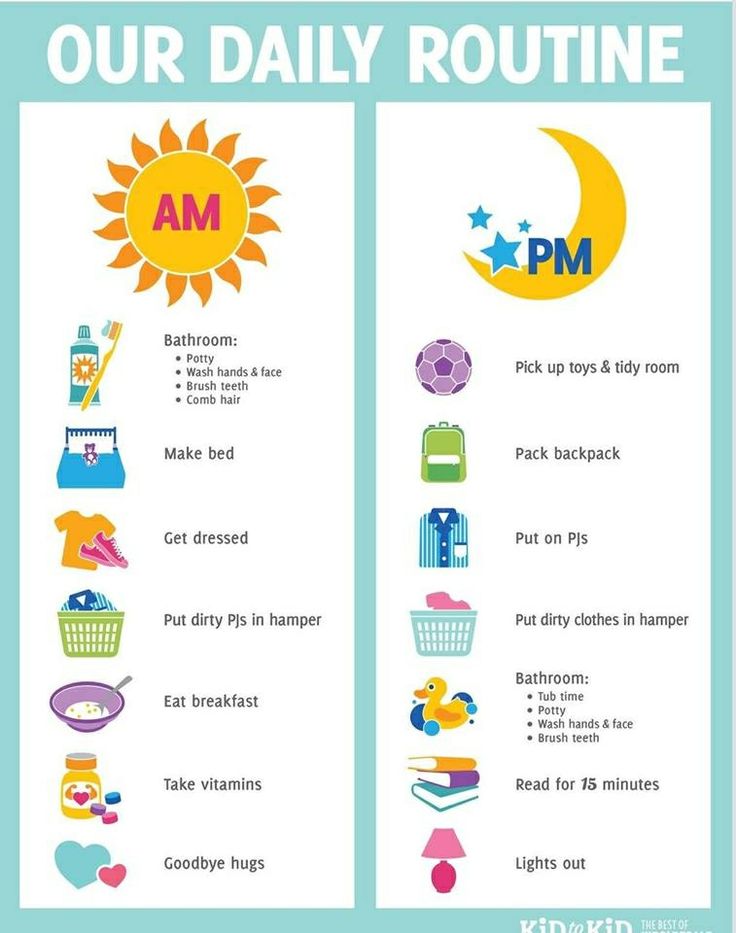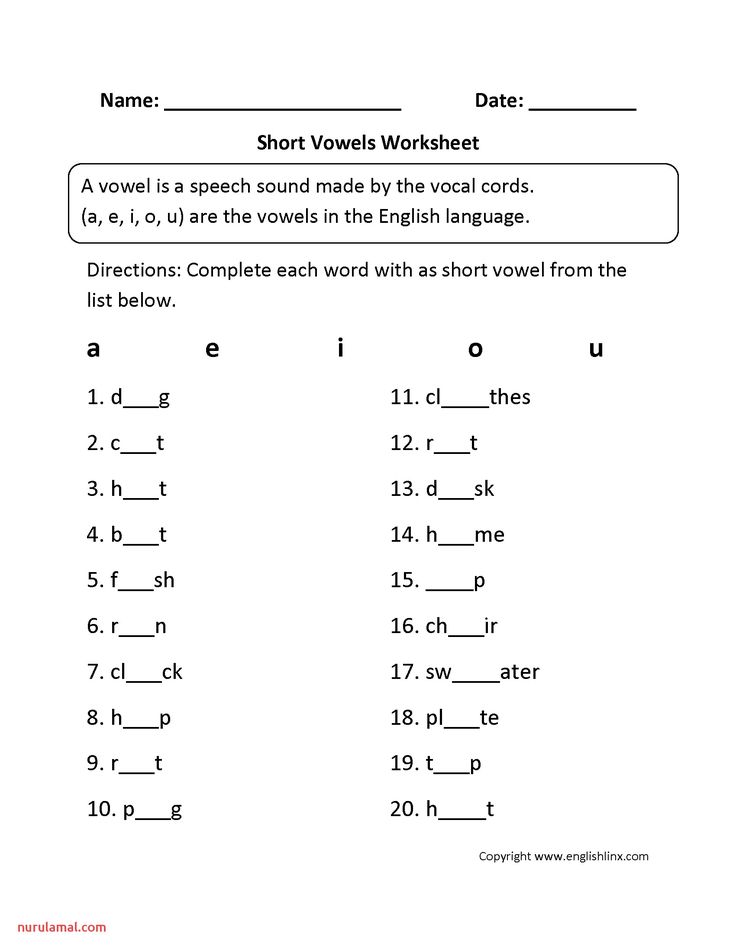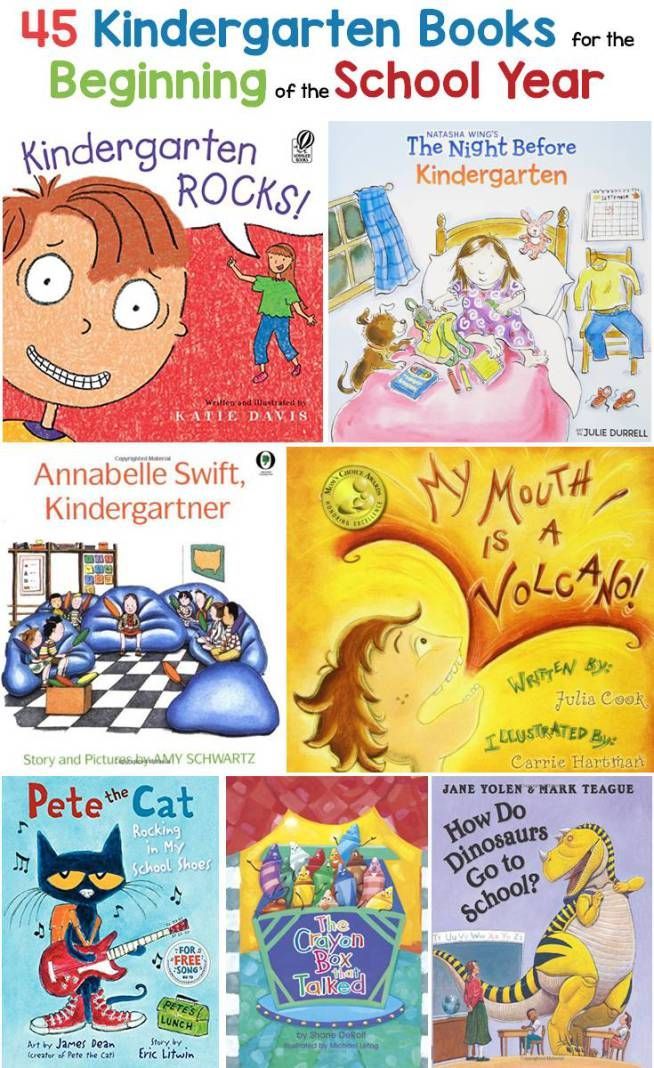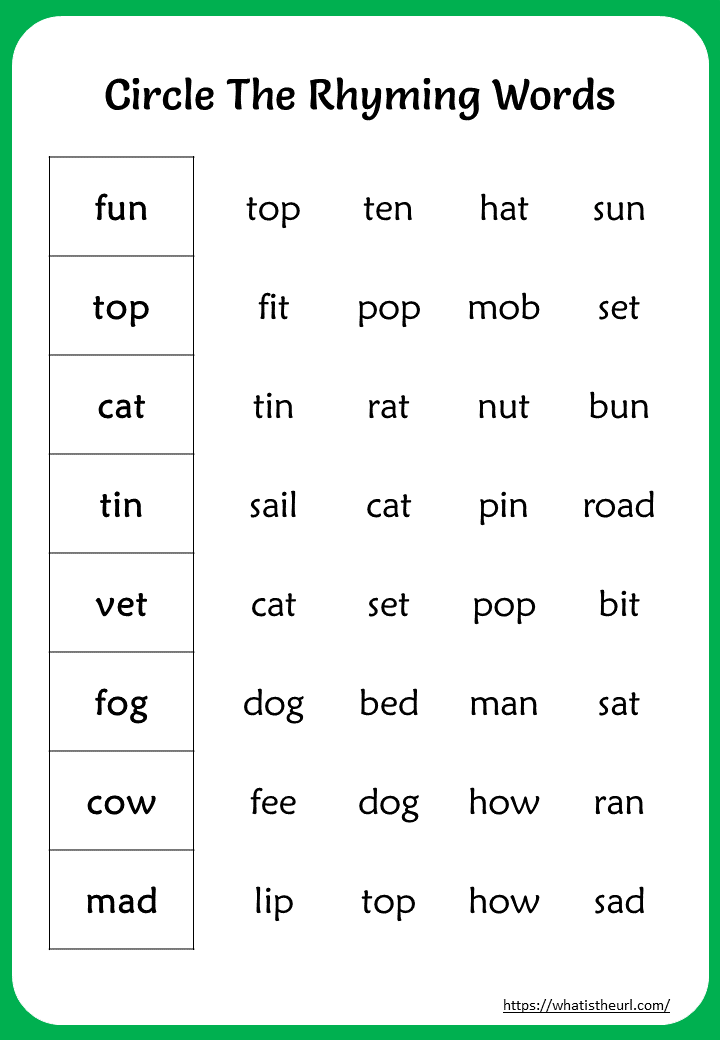Daily routine at school
How To Create An Amazing Before & After School Routines
As we all know, the before-school routine can feel almost impossible at times, and the only thing that can rival it is the after-school routine! Getting the kids up, dressed, fed, and out of the house for school in the morning can be stressful, especially if you’re also rushing around to get yourself ready. However, you will be happy to hear that it doesn’t have to be.
By simply implementing a good before-school routine, you will find that not only your children’s, but also your whole family’s, mornings will run much more smoothly.
The same applies to your after-school routine when kids return home with homework to be done, and empty tummies to be filled. In some cases, this can be as difficult to navigate as the morning routine, although with slightly looser time restraints.
This raises the question of “what does a good before and after school routine actually look like?”
To help you work out the right answer to this question for your family, we have put together some tips to help you create your own morning and after-school routines that will get your family through the day with minimum fuss, and help to keep your stress levels down.
A good time to start implementing these routines is when your children are transitioning back to school after a long summer break or after a smaller school break like winter break. But don’t let this keep you from starting to implement them anytime!
The before-school routine – Methods to master the mornings!
Here are a few pointers to keep in mind when creating your own stress-free morning routine:
Tip 1: Prepare as much as you can the night before.
It may sound obvious, but preparation the night before really is the key to making sure you’re able to leave the house on time in the morning.
A good before-school routine helps you reduce how much you have to do before rushing out of the door, especially the more difficult tasks like ironing school uniforms or preparing school lunches. Consider doing the following tasks as part of your evening routine:
- Pack lunches: Prepare and pack their lunch bag the night before and keep it in the fridge overnight, then all you’ll have to do is grab it and go.
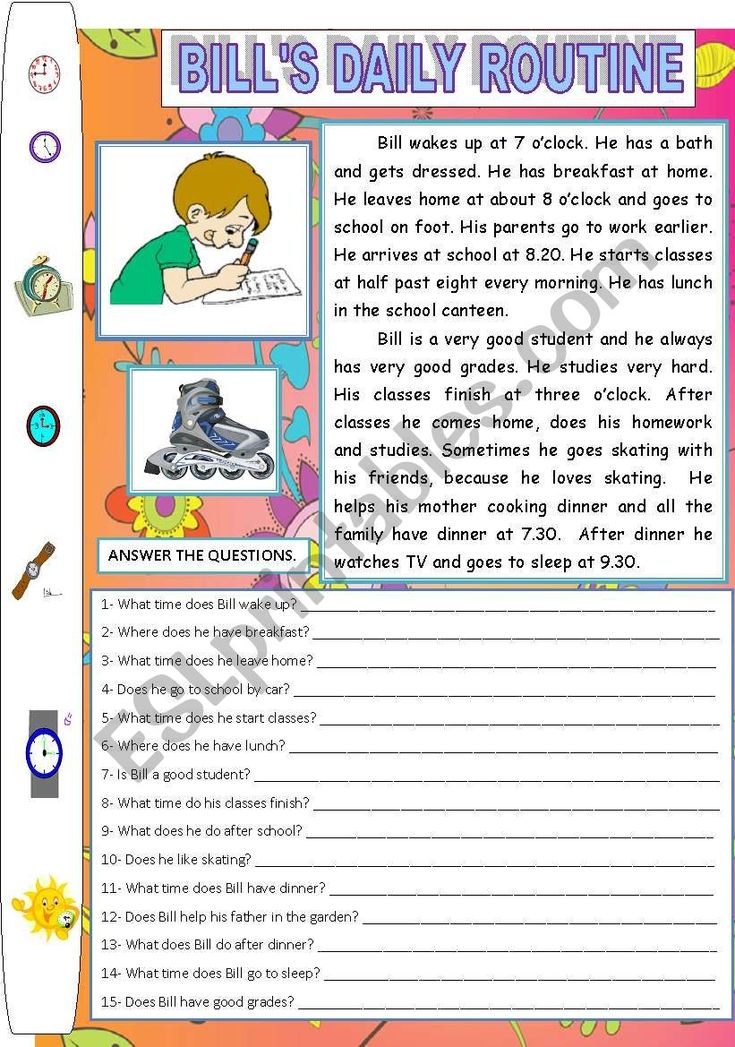 If you know your child has a favorite sandwich or lunchtime meal, you could also consider bulk preparing a few days worth at a time to save time. If you are already slicing cheese for one sandwich, you may as well slice it for 2 or 3!
If you know your child has a favorite sandwich or lunchtime meal, you could also consider bulk preparing a few days worth at a time to save time. If you are already slicing cheese for one sandwich, you may as well slice it for 2 or 3! - Prepare school clothes: Wash and iron any items that are needed for the next day, and either hang it or lay it out somewhere in your child’s room where they can easily reach it, so they can quickly get themselves dressed in the morning. If you have the time, hanging a week’s worth of shirts/pants/skirts in the wardrobe so that they are ready to go can be a real time saver on a busy school day morning. You can then mention to your child that their clothes are ready for the entire week, and this will help them to be prepared too!
- Organize the essentials: It can be helpful to have a dedicated box, hook or shelf in your hallway or another area of the house to store all their school essentials. Knowing where everything is kept will help avoid the dreaded last-minute searches for backpacks, lunch bags and school folders in the morning, just as you are about to head out of the door.
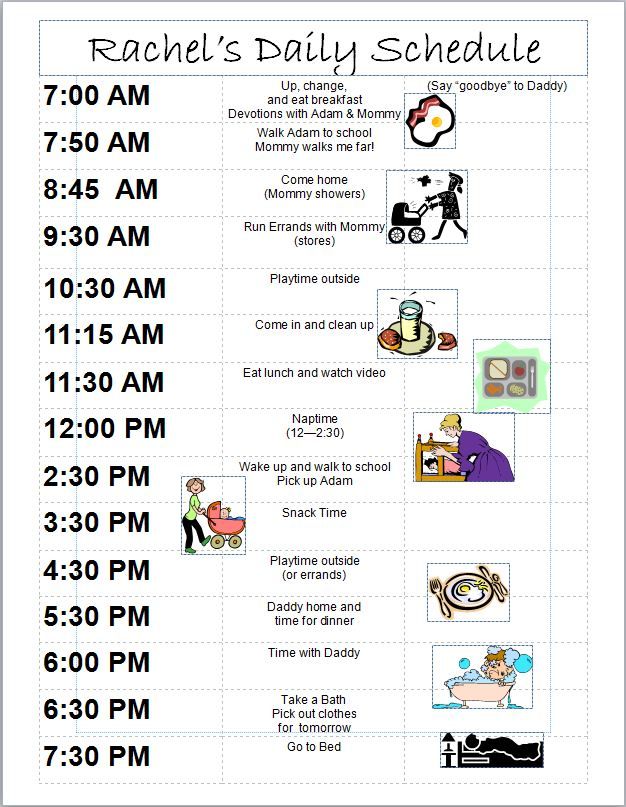 This tip applies to your belongings too. It’s hard to encourage your kids to keep all of their things in a designated place if you are guilty of spending every morning shouting “where’s my phone/wallet/keys?” to your partner!
This tip applies to your belongings too. It’s hard to encourage your kids to keep all of their things in a designated place if you are guilty of spending every morning shouting “where’s my phone/wallet/keys?” to your partner! - Prepare breakfast: If you can, try to prepare breakfast the night before, even if that just means putting cereal and bowls on the table. Having breakfast items ready to go will help the morning run more smoothly.
Tip 2: Create a checklist of a morning routine for school
A checklist is a great tool to help everyone remember what needs to happen in the morning and in what order. If you have younger kids, use pictures instead of words in your morning routine chart and include all of the things that need to get done, such as:
- Get dressed
- Eat breakfast
- Brush teeth
- Wash face
- Comb and tidy hair
- Put on shoes and coat
- Grab backpack and lunch box
- Go to school!
If you’ve got older children you might want to include some of the following, as older kids often eat more quickly than younger ones. It’s amazing what they can then fit into their extra 15 minutes. Things you could add to the list include:
It’s amazing what they can then fit into their extra 15 minutes. Things you could add to the list include:
- Music practice – 10 to 15 minutes a day at elementary age is all it takes to get started.
- Any responsibility-based chores such as making their own bed, or loading the dishwasher after breakfast to help out.
- Homework time – if you make it a habit, they’re less likely to complain.
- Additional math or English support – lots of parents also take this time just to do a little math or English boosting such as doing some vocabulary work (find a word, work out its synonym, antonym, and then a sentence using it) or mental math or arithmetic work. If you are looking for somewhere to start with this, Third Space Learning has lots of free home learning resources on the Math Hub.
- Reading – don’t underestimate the importance of reading at all ages; if it’s not already part of your children’s lives, make time for it in the before-school routine.
- A moment to relax and prepare for the day ahead – As much as this post is all about helping you create a routine and plan your day out, it is equally as important for your child to do the same.
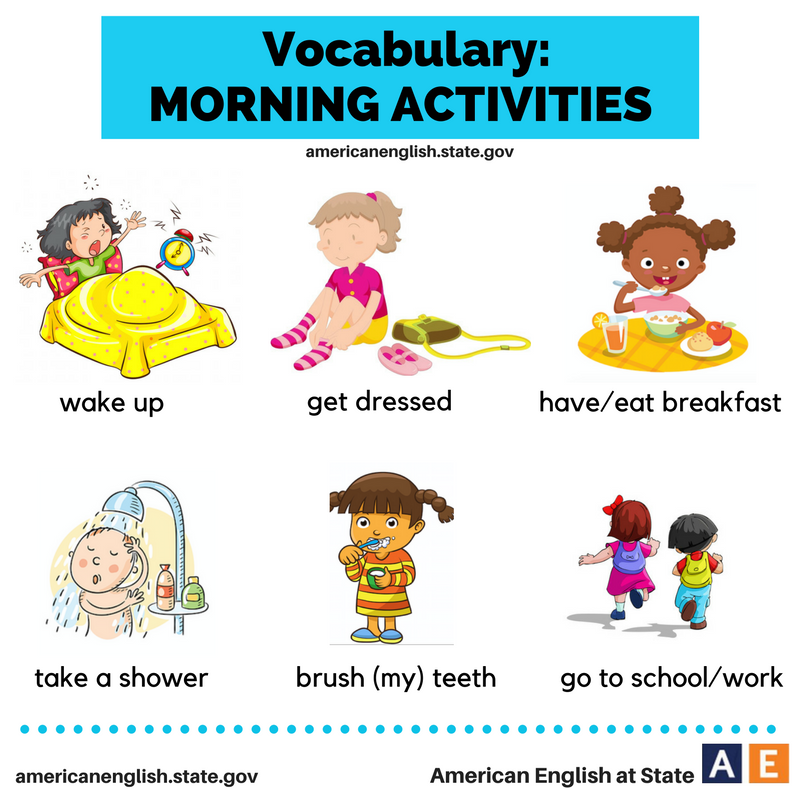 If you have some spare time during your morning routine, sit down with them and discuss what is coming up in their day and help them plan it out. Talking to them through their daily routine is a great way to open a dialogue and discuss any worries your child may have.
If you have some spare time during your morning routine, sit down with them and discuss what is coming up in their day and help them plan it out. Talking to them through their daily routine is a great way to open a dialogue and discuss any worries your child may have.
There are lots of great free printable morning routines online on Pinterest, or you could get your kids involved and make your own. Once you have designed a before-school routine that works for your family, go through all of the steps with them, talking about each step as you go.
An example of a morning routine checklist from Pinterest.Morning and evening visual example checklist.Doing this may help you recognize the need to re-order some of the steps. You could aim to include 5-10 minutes of free time as a reward once all the steps have been completed. Give it a try at your house – you’ll find that using family routines is a great way to get organized!
Tip 3: Get up before your kids
This may sound easy in theory, but can be harder in practice. No matter what time you put them to bed, we all know some kids are up and bouncing around before the crack of dawn, and this can put a dent in even the most well-organized morning routine!
No matter what time you put them to bed, we all know some kids are up and bouncing around before the crack of dawn, and this can put a dent in even the most well-organized morning routine!
However, in an ideal world, you will be showered, dressed, and packed up for the day by the time your little ones awake. Aim to set your alarm for at least 15-30 minutes (longer if possible) before your children usually wake up, to give you a few precious moments of “me time”.
If you’re feeling really organized you might even be able to fit in having a peaceful morning coffee, doing ten minutes of yoga, reading something inspiring, listening to a podcast or writing in a journal. You’ll feel so much better for it and once a week or even once a half term is better than nothing.
The after-school routine: Helping with homework and hunger!
Okay, you’ve made it through the school morning routine – so the question now becomes how best to navigate the after-school routine?
The following tips aim to help you put in place a flexible after-school schedule or routine that allows your kids some time to wind down after a big day at school before moving onto the homework and activities that follow.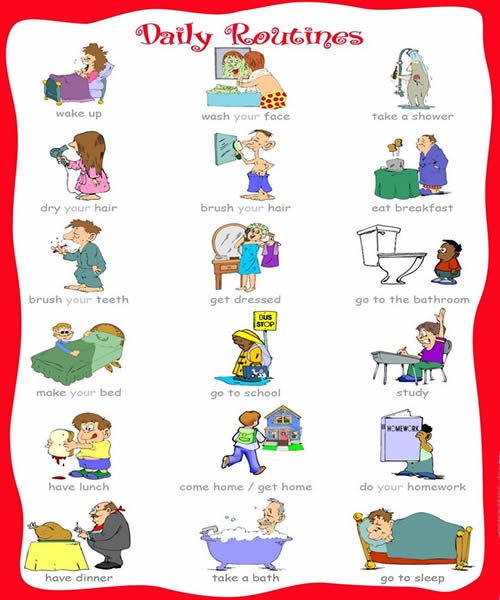
Tip 1: Prepare for school pick-up
Again, preparation for after school is key! Your kids are likely to be tired and hungry after a long school day, so consider packing a couple of after-school snacks for the journey home. A banana, a mini box of dried fruit or a low-sugar cereal bar should fill the hole without filling them up too much before dinner time.
Walk home if you can, as this will give you time to chat about their day and give them a restorative blast of fresh air (while hopefully leaving them worn out enough for a good night’s sleep!)
Some children might emerge from the classroom with a ton of pent-up energy to burn off. A quick race around the park or biking home should keep that post-school “need for speed” in check and calm them down by the time your key is in the front door.
If you are feeling very adventurous, why not squeeze in a race with your child on the way home? After all, it’s never too early to begin preparing for the parent’s race on field day…
Tip 2: Create an after-school routine chart
As with the morning routine, consider creating an after-school checklist or chart that works for your family.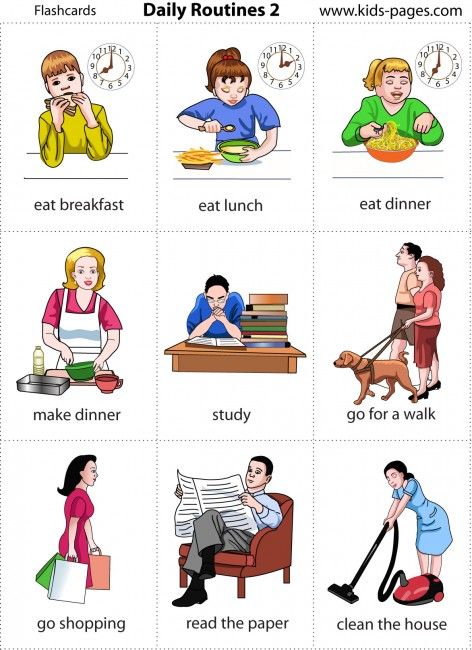 This could include the following tasks:
This could include the following tasks:
- Hang up coats and bags
- Unpack school books
- Get changed out of school uniform
- Eat a healthy snack
- Do homework
- Have family time during dinner
- Help with cleaning up after dinner
- Take a bath
- Have some quiet time to unwind and relax before bed time
Something as simple as having a designated place for coats, bags and school books can be helpful, as this avoids them getting dropped in random places around your home!
If your kids have after-school activities, such as sports or other clubs to go to, encourage them to get changed into their gear, and if they haven’t eaten on the way home, offer them a snack and a drink.
If your kids are anything like mine, they probably won’t be excited to answer lots of questions about their day after a long day at school. They will have done so much, so instead of “what did you do today?”, specific questions such as “what was the favorite part of your day?” or “what games did you play at lunchtime?” can work well and get them talking in their own time.
Tip 3: Make time for homework and additional learning
Having a set time for homework can be helpful, whether this is before dinner or after dinner, so decide what works best for your family and stick to it.
After a hard day of being an elementary school student, often the last thing your child is going to want to do is more work, so by adding a dedicated time period in which they should do home learning to their after-school routine, it will become part of the day and much less of an issue.
Do you have students who need extra support in math?
Give your fourth and fifth grade students more opportunities to consolidate learning and practice skills through personalized elementary math tutoring with their own dedicated online math tutor.
Each student receives differentiated instruction designed to close their individual learning gaps, and scaffolded learning ensures every student learns at the right pace. Lessons are aligned with your state’s standards and assessments, plus you’ll receive regular reports every step of the way.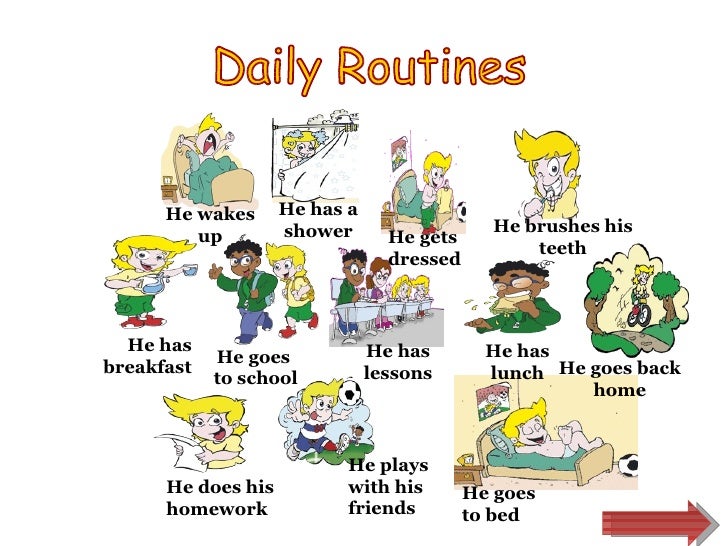
Programs are available for fourth grade and fifth grade, and you can try 6 lessons absolutely free.
The content in this article was originally written by primary school teacher Sophie Bartlett and has since been revised and adapted for US schools by elementary math teacher Christi Kulesza.
10 Daily Routine for Students Going to School
Parenting
Parenting tips
10 Daily Routine for Students Going to School
Top 20 Parenting Tips
10 Daily Routine for Students Going to School
94k views
Table of Contents
| 1. | Introduction |
| 2. | Daily Routine for Students |
| 3. | Conclusion |
| 4. | About Cuemath |
| 5. | Frequently Asked Questions (FAQs) |
| 6. | External References |
4 Jan 2021
Reading Time: 6 minutes
IntroductionA healthy daily routine for students will help them achieve academic goals and targets easily.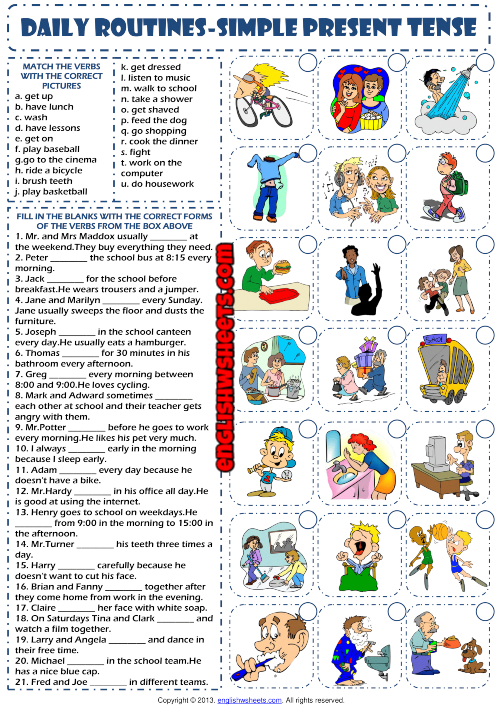 This is because overnight studies hamper memory and concentration as compared to daily studies. We will share daily routine examples for students and help you build a routine for your child.
This is because overnight studies hamper memory and concentration as compared to daily studies. We will share daily routine examples for students and help you build a routine for your child.
A repetitive cycle of events every morning will ensure discipline and avoid distractions. It is important to have a healthy daily routine for students to keep acute and chronic ailments at bay and prevent a visit to the doctor. The daily routine of a school student should be balanced with health and academic goals which comprises various tasks and activities that are performed in the same order throughout the day.
Downloadable PDFIf you ever want to read it again as many times as you want, here is a downloadable PDF to explore more.
| 📥 | 10 Daily Routine for Students Going to School |
Download |
Daily Routine for Students
- Wake up Early
- Exercise daily
- Revise chapters before going to school
- Have a healthy breakfast, lunch, and dinner
- Study maths multiplication tables every day
- Complete homework on time
- Make a chart of math identities
- Keep room clean
- Maths exercise on Cuemath
- Go to bed early
- Wake up Early in the morning
Set an alarm and ask your child to wake up early in the morning.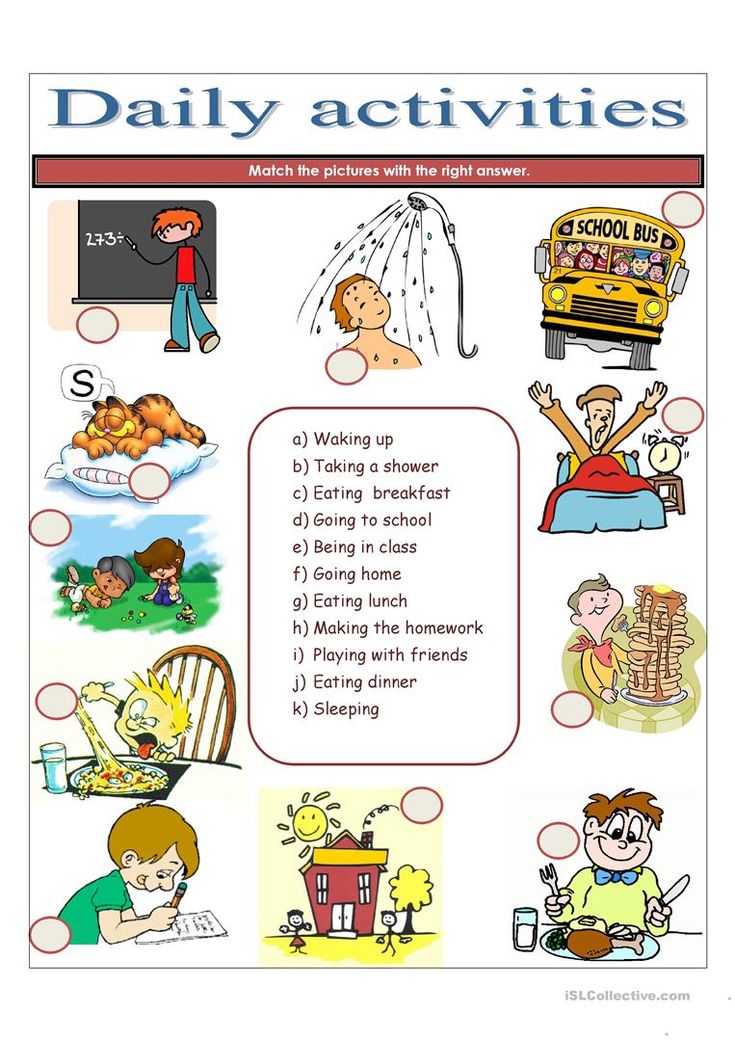 We recommend waking up at 5 am to help your child plan his or her day well in advance. Many successful entrepreneurs abide by this habit to enhance their productivity. Let us look at the benefits of waking up early for your child.
We recommend waking up at 5 am to help your child plan his or her day well in advance. Many successful entrepreneurs abide by this habit to enhance their productivity. Let us look at the benefits of waking up early for your child.
-
Children will not feel drowsy during morning classes or lectures.
-
Focus and concentration will gradually improve.
-
Boost your kid’s overall health and fitness.
- Exercise daily in the morning
After waking up in the morning, ask your child to perform exercises to increase energy levels. Go for a morning walk to experience similar benefits if your child does not like exercising. Yoga is an excellent alternative to improve energy level and flexibility in kids. Have a look at the benefits of morning exercise.
Have a look at the benefits of morning exercise.
-
Aids motor skill development which is integral for any sports activity.
-
Helps in digestion and increases metabolism in kids
-
The overall temperament of your child will improve.
- Revise chapters before going to school
Academic activities play a major role in the daily routine for students. Kids need to check their school timetable and go through the lessons which are about to be taught in the class. This preparative step will help your child understand the lessons and subjects being taught in the class. Let us have a look at some of the benefits.
-
Doubts will be easily resolved.
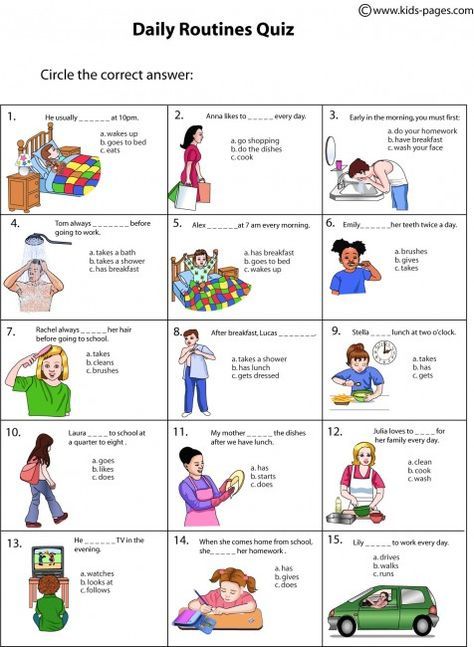
-
Complex concepts will be easier to grasp in the class
-
Academic performance will improve drastically.
- Have a healthy breakfast, lunch, and dinner
Kids need to maintain a balanced diet to aid overall developmental processes. We urge parents to provide nutritious meals with green vegetables to avoid malnutrition in kids. Avoid junk food items like potato chips, wafers, etc. to maintain a healthy daily routine for students. You can go through the benefits of healthy food items for kids listed below.
-
Supports immunity and brain development in kids
-
Reduces lethargy and promotes an active lifestyle
-
Helps avoid chronic developmental health issues in kids
- Study maths multiplication tables every day
Multiplication is a basic maths operation and kids need to remember multiplication tables to get good scores in their examinations. Parents need to help their children learn multiplication tables from 1-10 for developing maths foundation. We recommend teaching multiplication tables until 20 for good maths performance in class. Let us look at the benefits of learning multiplication tables every day.
Parents need to help their children learn multiplication tables from 1-10 for developing maths foundation. We recommend teaching multiplication tables until 20 for good maths performance in class. Let us look at the benefits of learning multiplication tables every day.
-
Improves accuracy of solving maths problems
-
Everyday practice helps to retain multiplication tables
-
Increases the speed of math calculations in kids
- Complete homework on time
Kids need to complete their homework on time to get good grades from teachers in their schools. We urge parents to make sure their kid is completing homework on time on a daily basis.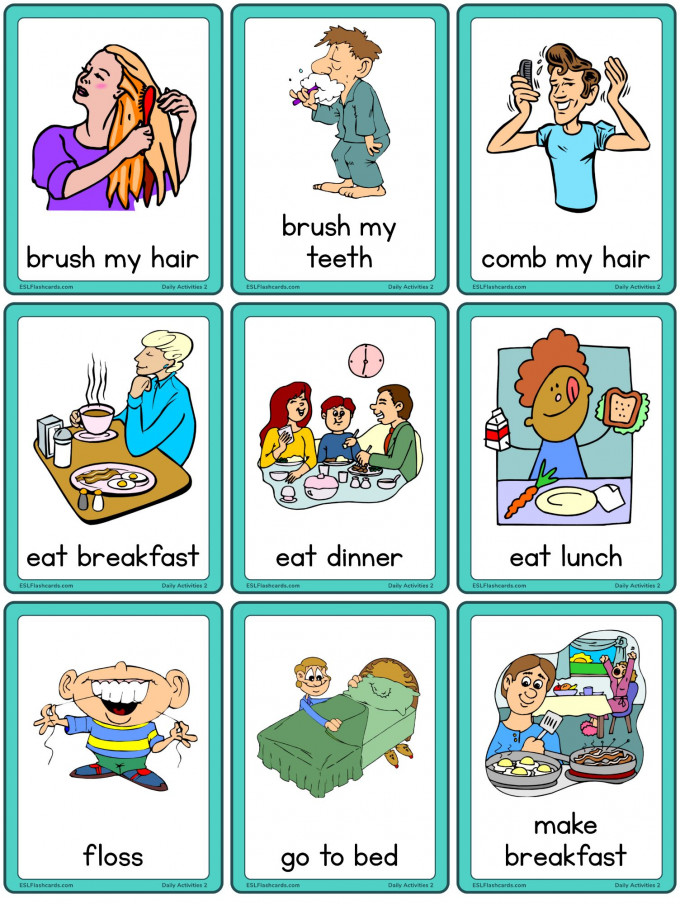 Homework needs to be a daily routine for students to help them achieve good grades in school. Have a look at the benefits of completing homework on time.
Homework needs to be a daily routine for students to help them achieve good grades in school. Have a look at the benefits of completing homework on time.
-
Inculcates discipline and punctuality in kids
-
Helps to get better grades in school
-
Enhances understanding of the subject-matter
- Make a chart of math identities
Ask your kid to write down all the maths identities being taught to him or her. This will help your child retain math identities and improve their understanding. You can also ask them to go through the proof of each identity to help your child apply these identities. Let us have a look at a few benefits.
-
Retention of math identities
-
Children learn how to apply math identities
-
Improves problem-solving ability in children
- Keep room clean
Tell your kids to clean their rooms every day and organize their belongings. Help them get started and then try to turn it into a habit. Kids need to arrange their clothes, books, and toys in place to keep their room clean. Have a look at the benefits of cleaning a room every day.
Help them get started and then try to turn it into a habit. Kids need to arrange their clothes, books, and toys in place to keep their room clean. Have a look at the benefits of cleaning a room every day.
-
Improves confidence and self-esteem in kids
-
Enhances concentration and focus in children
-
Increases productivity and uplifts mood
- Maths exercise on Cuemath
Cuemath is a maths platform for kids where they can practice application based maths problems along with math puzzles, simulations, and games. Ask your child to engage with Cuemath activities to help ace mathematics and understand the fundamental logic behind every concept.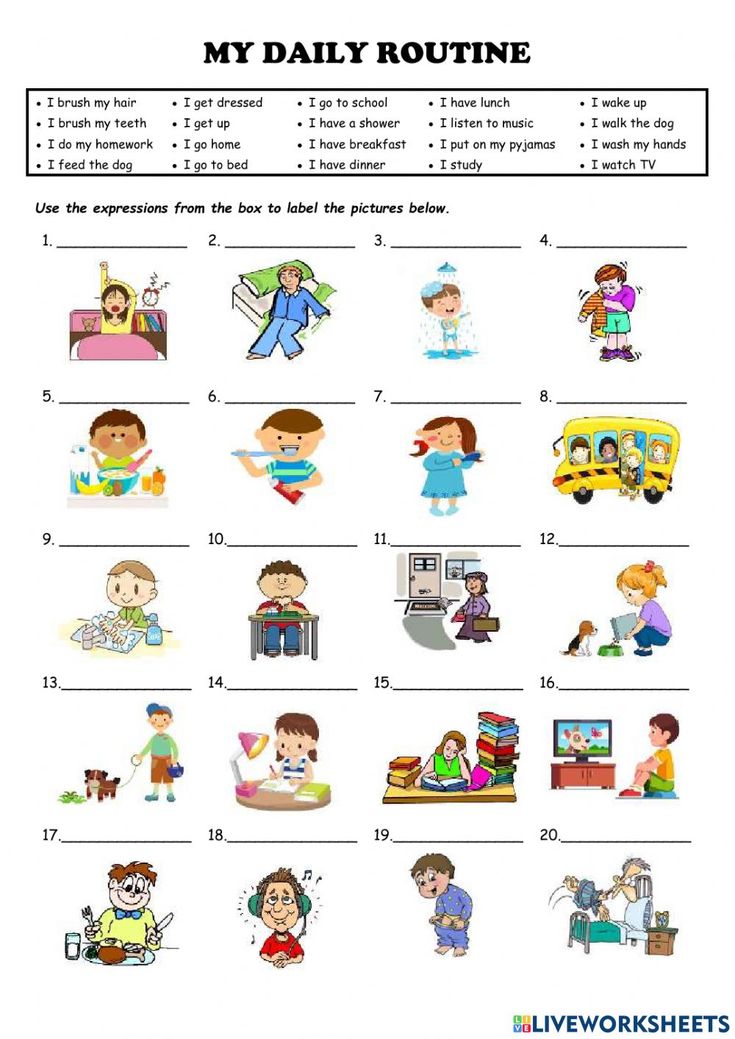 Let us look at the benefits of Maths exercise on Cuemath.
Let us look at the benefits of Maths exercise on Cuemath.
-
Customized content to address your child’s requirements to improve academic performance
-
Interactive application based maths problems to improve problem-solving ability.
-
Teaches time management for math exams
- Go to bed early
A daily routine for school students requires kids to go to bed early in order to wake up early in the morning. This is important because children need adequate sleep for overall development. Ask your kids to avoid overnight studies and let them study early in the morning. Try to calm down your kids before an examination to help them sleep on time. Have a look at the benefits of sleeping early at night.
Have a look at the benefits of sleeping early at night.
-
Improves the quality of sleep in kids
-
Aids thinking abilities in children
-
Reduces anxiety and stress levels
Conclusion
Kids need to follow a daily routine for students which suits their requirements. The routine presented in this article will help you improve the overall academic performance of your child. This is a daily routine example for students which can be modified as per the specific requirements of a child.
Comment below if you have any questions or queries related to daily routines for students.
5 tips to keep ur child to stick to the daily routine
1. Let your child help make the routine.
2. Be realistic about time and priorities.
3. Be clear when you explain the routine.
4. Put the routine in writing.
5. Know that kids need support to learn routines.
About Cuemath
Cuemath, a student-friendly mathematics platform, conducts regular Online Classes for academics and skill-development, and their Mental Math App, on both iOS and Android, is a one-stop solution for kids to develop multiple skills. Understand the Cuemath Fee structure and sign up for a free trial.
Frequently Asked Questions (FAQs)How important is routine for a child?
A routine helps your child understand the balance between enjoyable tasks such as play and functional tasks such as brushing their teeth. Stress reduction. When a child has a predictable daily routine, it reminds them that they are in a secure, loving environment.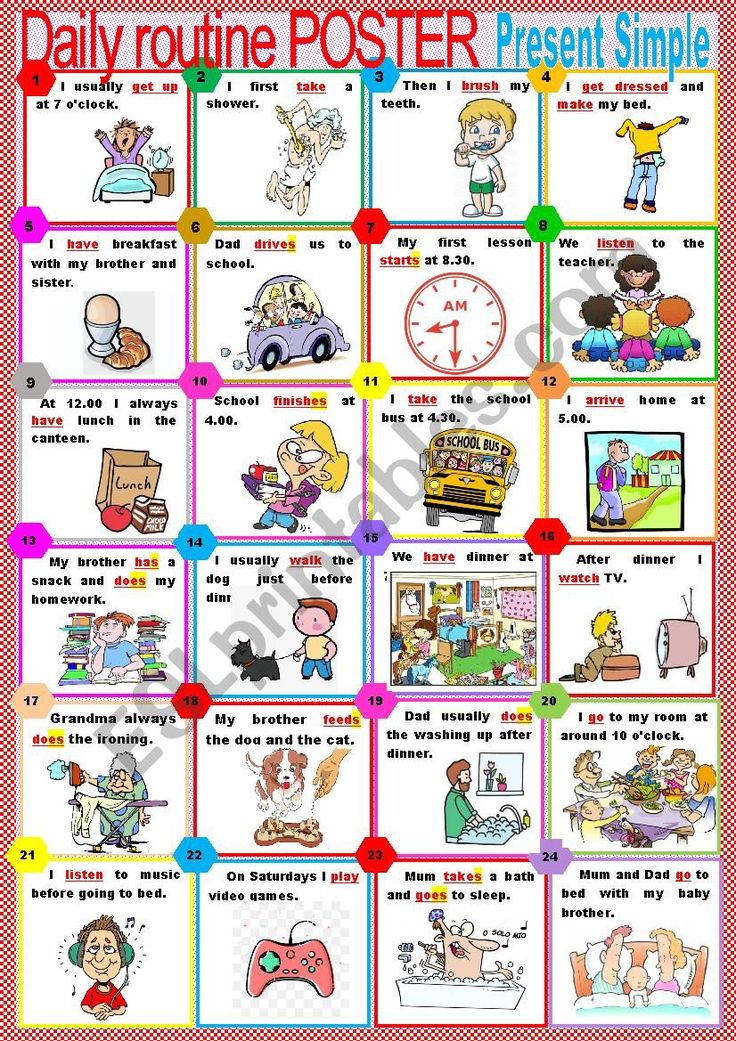
Your daily routine influences your quality of rest. Your sleep schedule and bedtime habits affect your mental sharpness, performance, emotional well-being and energy level. It's best if you can maintain a consistent time for waking and going to bed. Better health is a result of just a little extra planning.
How to choose the right daily routine for a student
September 26, 2022 Likbez Life
A thoughtful schedule of classes and rest will increase the student's progress. And save the nerve cells of his parents.
To make studies easier and more fun, a student needs a schedule. Thanks to a clear alternation of tasks and free time, the child will be less tired, more in time, and his mood will improve.
When drawing up a daily routine for a student, it is necessary to take into account the norms of sleep, diet, as well as the need for rest and physical activity.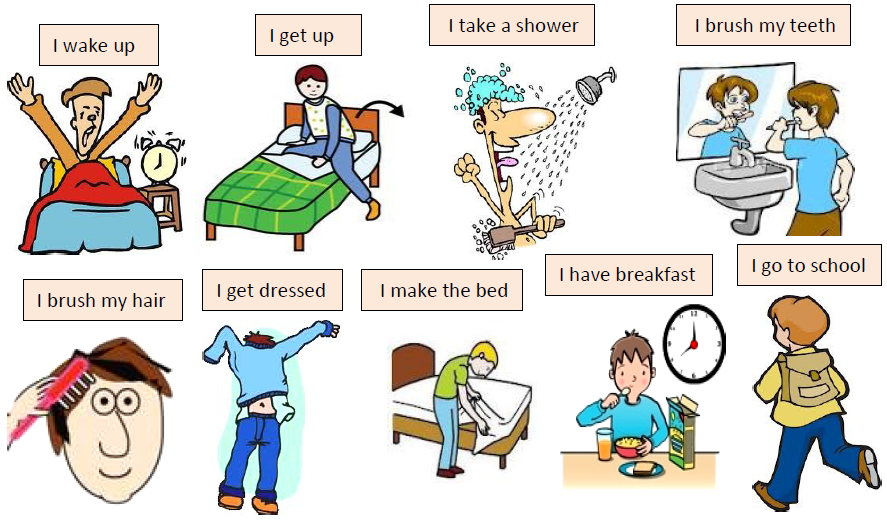 Let's consider each item separately.
Let's consider each item separately.
Sleep schedule
The amount and quality of sleep has a decisive influence on children's well-being and ability to work. If your child does not sleep enough, his memory deteriorates and his mood drops, it is difficult for him to concentrate on the lesson, and there are problems with planning. And in adolescence, sleep problems can also lead to excess weight.
How much sleep you need
Rospotrebnadzor recommends the following sleep rates for schoolchildren:
- 10-10.5 hours for grades 1-4;
- 10.5 hours for grades 5-7;
- 9-9.5 hours for grades 6-9;
- 8-9 hours for grades 10-11;
It is desirable for first-graders to sleep 2 more hours during the day to restore their strength.
How to organize sleep
There are few rules here, and they are extremely simple.
- Go to bed at the same time. Approximately 9-10 pm. It is advisable not to deviate from this routine even on weekends.
 But you can sleep longer on Saturday and Sunday without jumping up at the sound of the alarm clock.
But you can sleep longer on Saturday and Sunday without jumping up at the sound of the alarm clock. - Two hours before bedtime, it is important to reduce emotional stress — in the form of noisy games, active correspondence with classmates in instant messengers, or watching YouTube videos.
- Start rituals that set you up for relaxation. A relaxing bath, conversations over tea, leisurely walks, reading (for example, classical literature) have a relaxing time for sleep.
- Be sure to air out your bedroom before going to bed.
Diet
During school years, many eating habits are developed that affect health in adulthood. With insufficient or improper nutrition, the child simply does not have enough energy to study, he quickly gets tired, becomes inattentive and irritable.
How much to eat
Schoolchildren usually need 4–5 meals spaced 3.5–4 hours apart to replenish their strength. According to the norms of Rospotrebnadzor, the average daily energy requirement is 2,350 kcal for a child aged 7–11 years and 2,713 kcal after 11 years. It is optimal if the ratio of proteins, fats and carbohydrates in the diet is 1:1:4. It is better to do this not on the go, but in a calm atmosphere, without any haste. Naturally, spicy and fried foods, fast food and carbonated drinks should be avoided whenever possible.
It is optimal if the ratio of proteins, fats and carbohydrates in the diet is 1:1:4. It is better to do this not on the go, but in a calm atmosphere, without any haste. Naturally, spicy and fried foods, fast food and carbonated drinks should be avoided whenever possible.
It is important that parents set a healthy example. Agree, it is difficult to convince a teenager that chips instead of borscht for lunch is harmful if that is how his dad and mom eat.
Based on five meals a day, follow these guidelines.
- Breakfast. He is needed - period. Moreover, in the morning the student needs to eat a quarter of the daily ration, which means that one sandwich is not enough. Try to serve a hot dish for breakfast - milk porridge, scrambled eggs, cheesecakes or something meaty.
- Second breakfast (school snack). It may include a cheese sandwich, nuts, cookies, fruit or yogurt.
- Lunch. This is the main meal (up to 40% of the daily diet), which usually consists of 3-4 different meals.
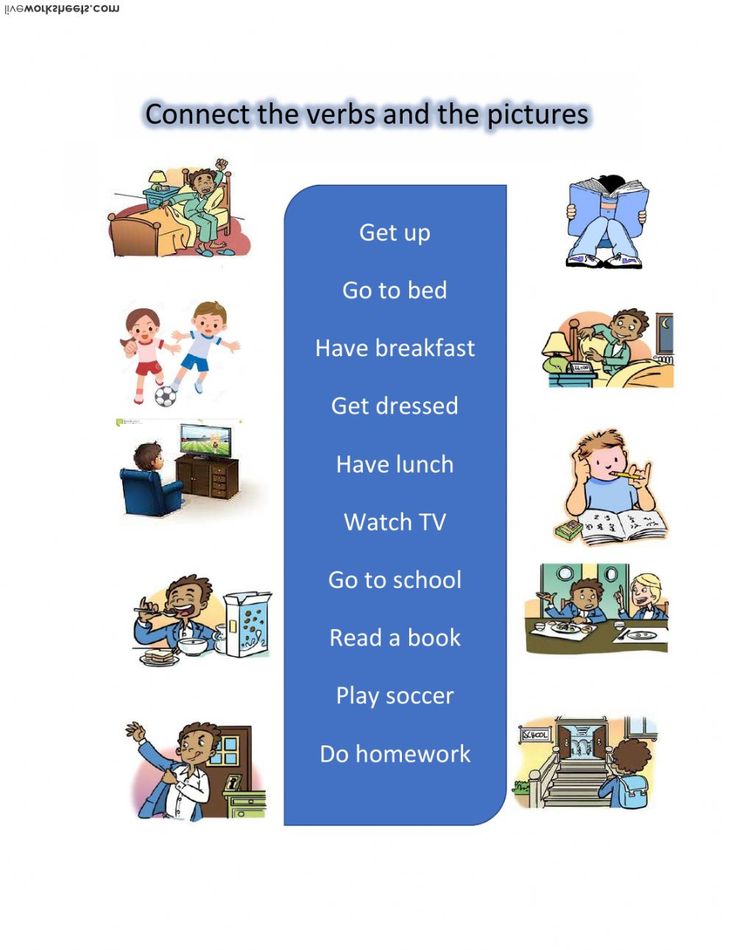 Ideally, if there is a salad, a first, fish or meat on the table, plus something for dessert.
Ideally, if there is a salad, a first, fish or meat on the table, plus something for dessert. - High tea. Another light snack, the purpose of which is to replenish energy reserves and live quietly until dinner. For this, fruits and berries, as well as sour-milk products, are suitable.
- Dinner. In the evening, the student is recommended to eat about the same amount as for breakfast. But it is better to exclude meat and fish, as proteins excite the nervous system and are slowly digested.
Study and leisure schedule
One of the most common mistakes of active and caring parents is to create too busy schedule for the child. It is clear that you want to raise a successful person who plays the violin, swims and draws equally well. He also knows three languages and understands robotics.
But by overloading a student, you are likely to achieve the opposite effect - a potential genius will lose interest in any activity.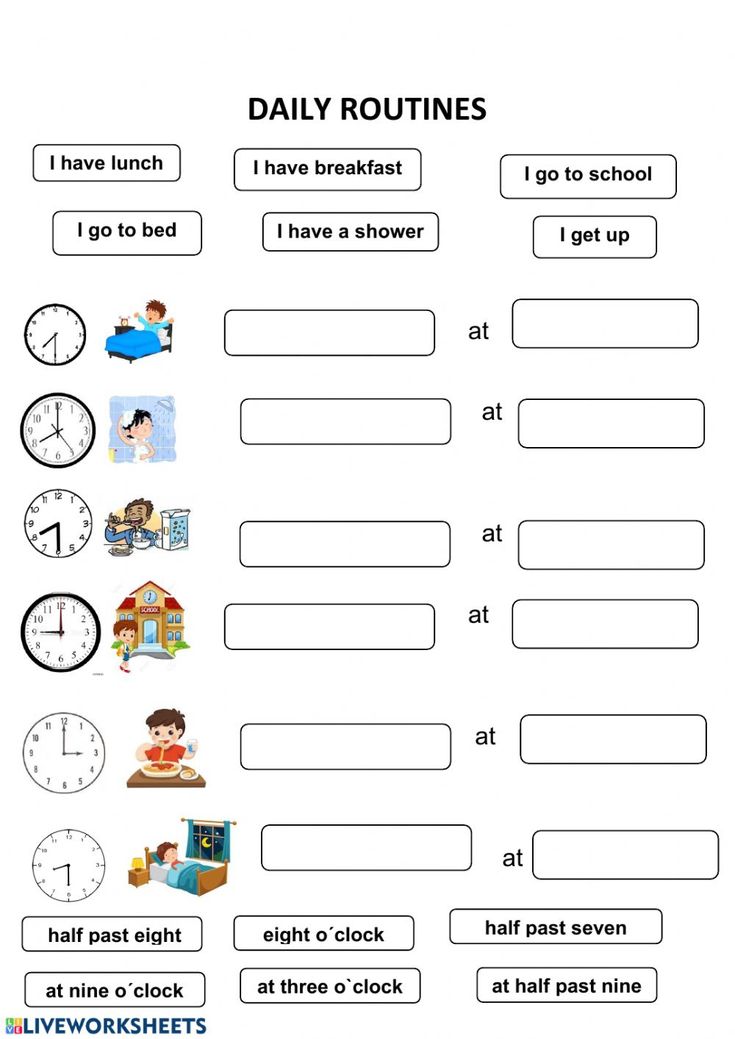 Therefore, it is very important to correctly alternate study and rest, as well as to ensure that the child moves enough.
Therefore, it is very important to correctly alternate study and rest, as well as to ensure that the child moves enough.
How long do you need to study and rest
Rospotrebnadzor specialists suggest focusing on such norms.
To complete the lessons:
- 1.5 hours in grades 2-3;
- 2 hours in grades 4-5;
- 2.5 hours in grades 6-8;
- 3.5 hours in grades 9-11.
For walks and outdoor games:
- 3-3.5 hours younger;
- 2.5 hours in high school.
Previously, experts also recommended limiting the time spent by schoolchildren in front of computer or tablet screens. But with the spread of smartphones and the massive transition to online learning, driving a child away from the screen turns into a daunting task. Parents can only set a limit on access to games, instant messengers and other resources that distract from learning and do not benefit health.
How to organize study and recreation
Much depends on the interests, extracurricular activities and physiological characteristics of each student.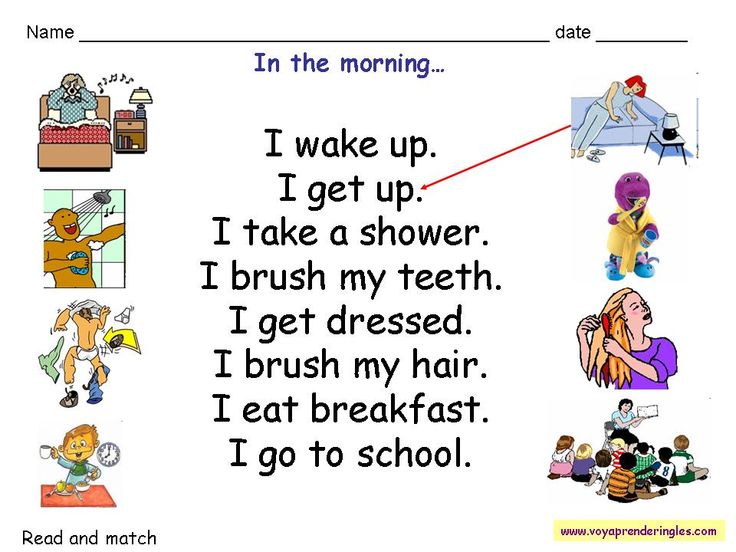 However, there are some general tips.
However, there are some general tips.
- After returning from school and lunch, the child needs to rest for an hour and a half before sitting down for lessons. If we are talking about primary school age, it is desirable that at this time the student sleep.
- It is better to start doing lessons from 4 o'clock in the afternoon, when the brain begins to establish new connections and actively assimilate information.
- Even with the heaviest schedule, a child needs an hour or two of free time when he can do whatever he wants. For example, just mess around.
Schoolchildren's daily routine
This is how the approximate daily routine looks like from the point of view of Rospotrebnadzor. It is designed for a child of primary school age. In middle and high school, the number of hours required for classes will increase, but there will be less time for sleep and rest.
- 7:00 am - get up, morning exercises, water procedures, bed making, toilet.
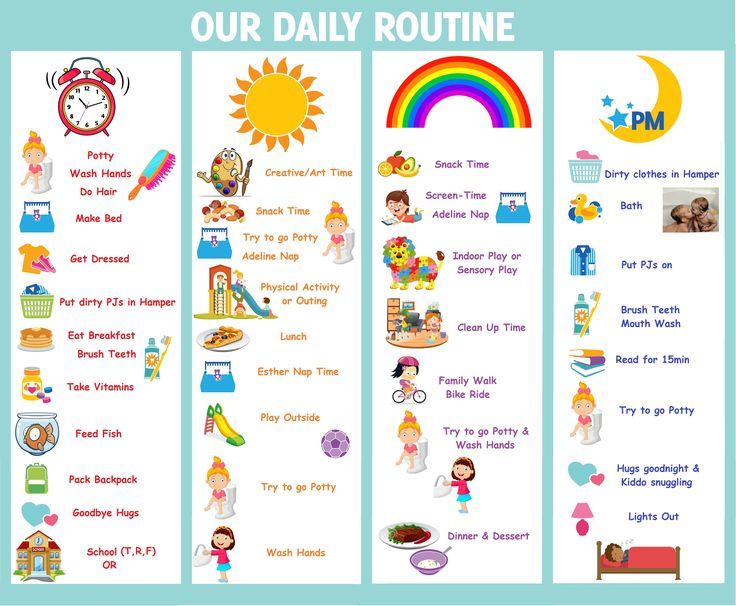
- 7:15–7:30 breakfast.
- 7:40–8:10 a.m. — drive to school or morning walk.
- 8:30–13:05 — school hours.
- 13:30-14:00 - drive from school or walk after class.
- 14:00-14:30 - lunch.
- 14:30-15:30 - Afternoon rest or nap.
- 15:30-16:00 Walk or play and outdoor sports.
- 16:00-16:15 - afternoon tea.
- 16:15–17:30 homework preparation.
- 17:30-19:00 - walk in the fresh air.
- 19:00–20:00 Dinner and free time.
- 20:30 - getting ready for bed.
- 21:00 - lights out.
Read also 🧐👨🏫📒
- What you need to get your kids to eat at school for free
- 10 YouTube channels for children to fill the gaps in education
- 3 ways to instill in your child a love of reading
- How to survive in school: tips for students and their parents
- How to buy school supplies and not overpay
Schoolchildren's daily routine. Making the right routine
The whole truth about how to choose a backpack for a first grader.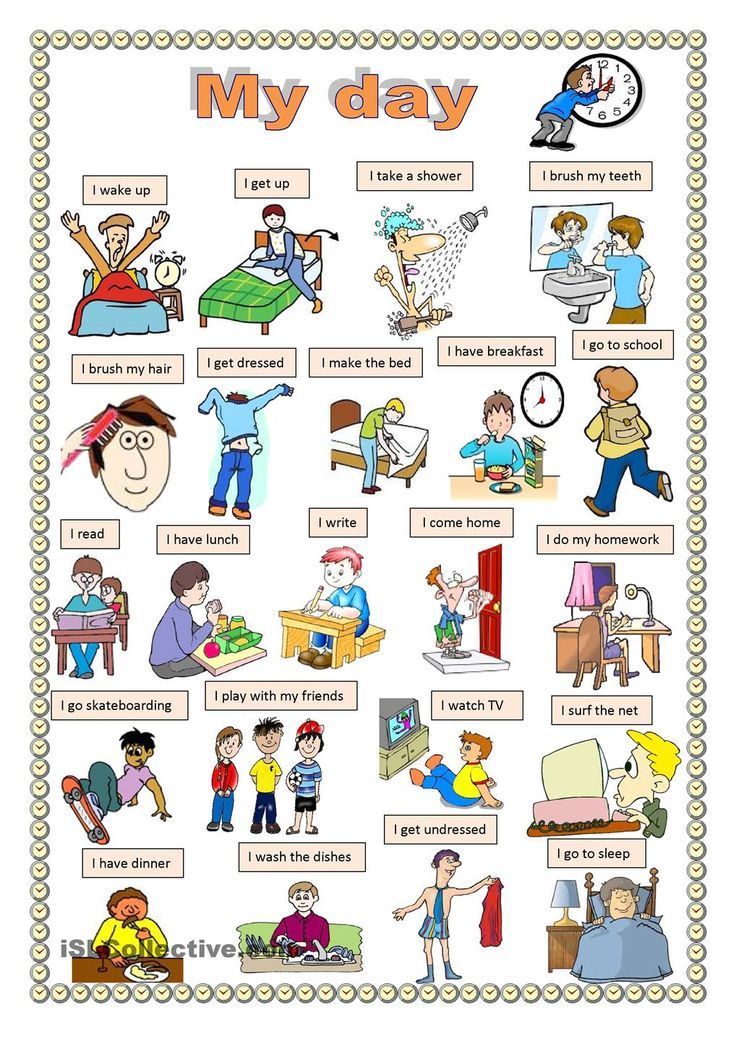
- Articles
- Schoolchildren's daily routine. Making the right routine
Properly composed daily routine is a guarantee of excellent well-being of the student, academic performance in the classroom, good mood. If the child gets enough sleep, eats on time, does not get tired of studying, gets enough time to rest, we can say that the schedule is well drawn up. It is especially important to organize the correct schedule after the holidays, when the children are relaxed and not immediately ready for a clear hourly schedule. It can also be difficult to accustom first-graders who are accustomed to a relaxed pastime in the kindergarten.
How to accustom to the regimen?
Before compiling a regimen, you need to observe the pace that the child has chosen for himself: how quickly he wakes up, how long it takes him to wash, how long it takes for breakfast and the way to school, when it is easier to do homework.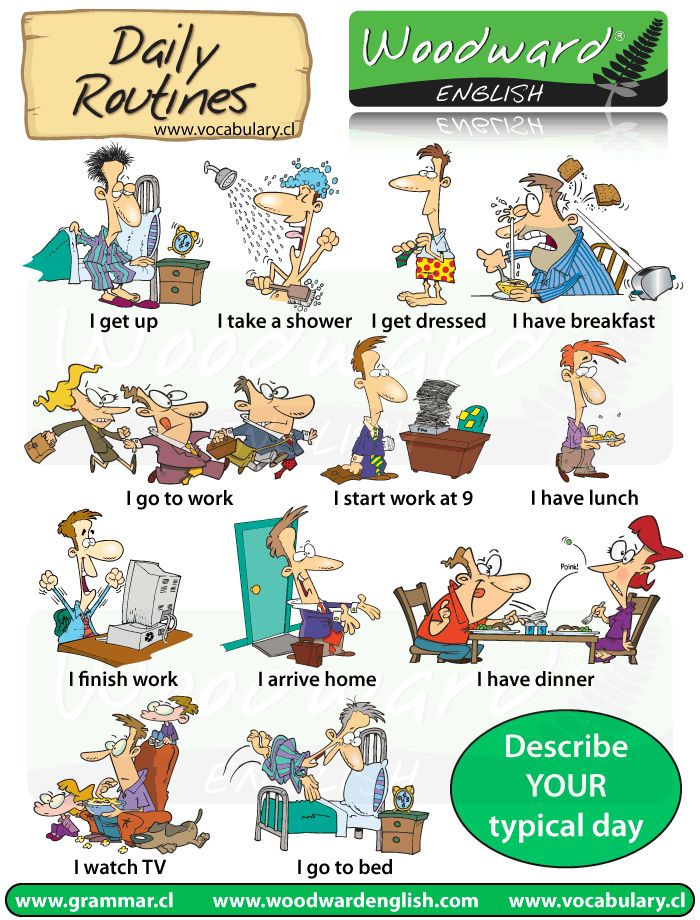 Based on these comments, allocate time in such a way that the baby has time for everything. Remember: what suits the neighbor's peers will not always suit your son or daughter - all children have a different body, some need more time to rest, others recover faster. Take into account the wishes of the child himself, explain why it is important to make a regimen. Stick to the established rules with him - the example of the parents works better than explanations.
Based on these comments, allocate time in such a way that the baby has time for everything. Remember: what suits the neighbor's peers will not always suit your son or daughter - all children have a different body, some need more time to rest, others recover faster. Take into account the wishes of the child himself, explain why it is important to make a regimen. Stick to the established rules with him - the example of the parents works better than explanations.
The student will quickly get used to and get involved in the educational process if his time is scheduled by the minute, but with breaks for the rest that he prefers (walking, sports, favorite hobby). It is important to take into account the age characteristics and hobbies of children, leave the possibility of free choice - do not overdo it with rules and restrictions. The most intense performance is observed from 11:00 to 13:00, and also from 16:00 to 18:00. Depending on age and psychological characteristics, these indicators may differ.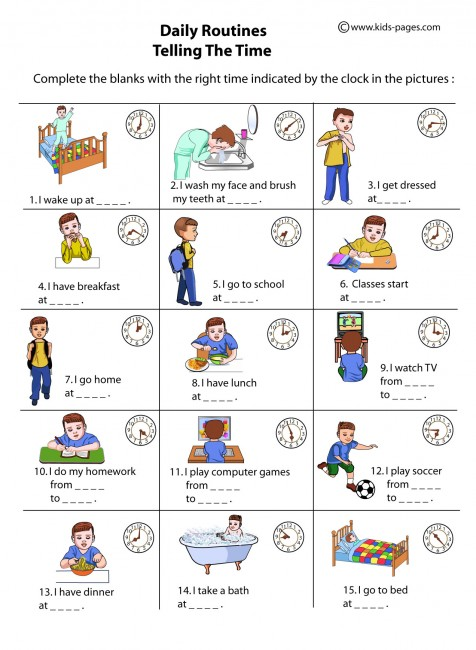
What must be on the agenda
To set a successful rhythm for the day, be sure to provide all the most important elements of the regime:
-
Regular meals - breakfasts, lunches, dinners.
-
Full sleep, based on the age and needs of the body.
-
Studying at school and doing homework.
-
Active recreation with walks in the fresh air, as well as exercise or sports.
-
Time for hobbies and games.
-
Strong help around the house.
Morning: getting ready for school and charging
Morning begins with washing, exercises, breakfast. It is recommended to prepare the form and collect the backpack in the evening, so as not to forget anything in the morning rush. It is better to take a shower in the morning - it is easier to get rid of drowsiness and prepare for the upcoming mental stress. If the shower is scheduled for the evening, remember to wash your face in the morning and brush your teeth. Gymnastics is best done immediately after waking up in the open air or in a ventilated room. The main thing is to include in the list of exercises that are useful for posture, muscles of the neck, arms, shoulders and legs. In addition, consult a physical education teacher, a doctor about this. Charging has a beneficial effect on metabolism, the nervous system, and general well-being. It is worth allocating half an hour for gymnastics and washing.
Gymnastics is best done immediately after waking up in the open air or in a ventilated room. The main thing is to include in the list of exercises that are useful for posture, muscles of the neck, arms, shoulders and legs. In addition, consult a physical education teacher, a doctor about this. Charging has a beneficial effect on metabolism, the nervous system, and general well-being. It is worth allocating half an hour for gymnastics and washing.
Eat varied, healthy meals. Breakfast should include hot and hearty food, take place measuredly, without haste, talking, watching TV. You should walk to school without rushing. If you take the children by car, stop before reaching it anyway - leave 10-15 minutes for a walk.
So plan your morning like this:
-
07:00 - awakening.
-
07:00 - 07:30 - exercises and washing.
-
07:30 - 07:50 - breakfast.
-
07:50 - 08:20 - road to school.
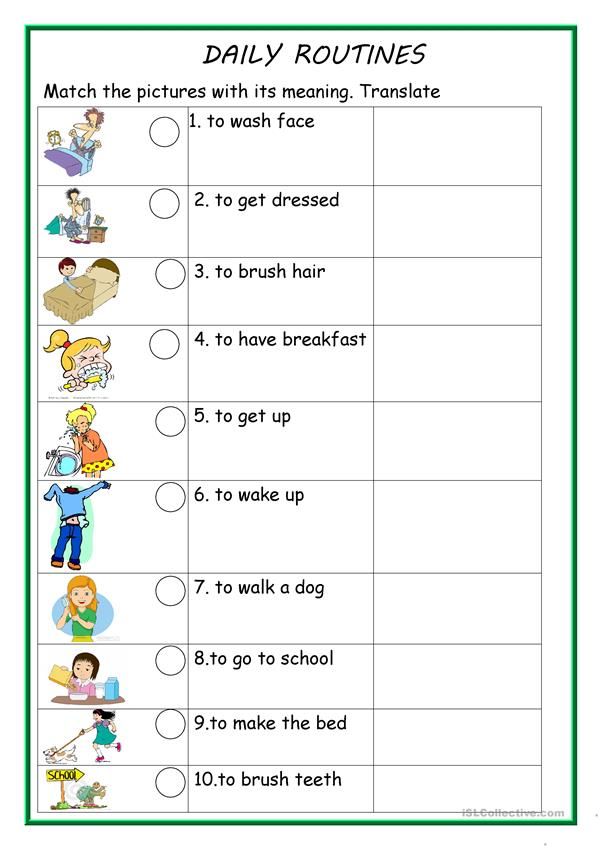
School, lunch and afternoon nap
During the break between classes, do not neglect the hot school breakfast, even if the student does not like it too much - this is an opportunity to relax, spend time with peers in the dining room. School time for students looks like this:
-
08:30 - start of classes.
-
11:00 - hot breakfast.
-
12:30 / 13:30 / 14:30 - end of lessons (depending on the class), drive home.
-
13:00 - 13:30 / 14:00-14:30 / 15:00-15:30 - lunch (depending on when the lessons ended).
-
13:30 - 14:30 - afternoon nap for juniors.
After school: rest, walks, afternoon tea
After school, students of all ages need to take a break from books, computers, TV. It is not necessary to force a student to sleep, if his natural regimen does not provide for daytime sleep, it is quite enough just to lie down a bit.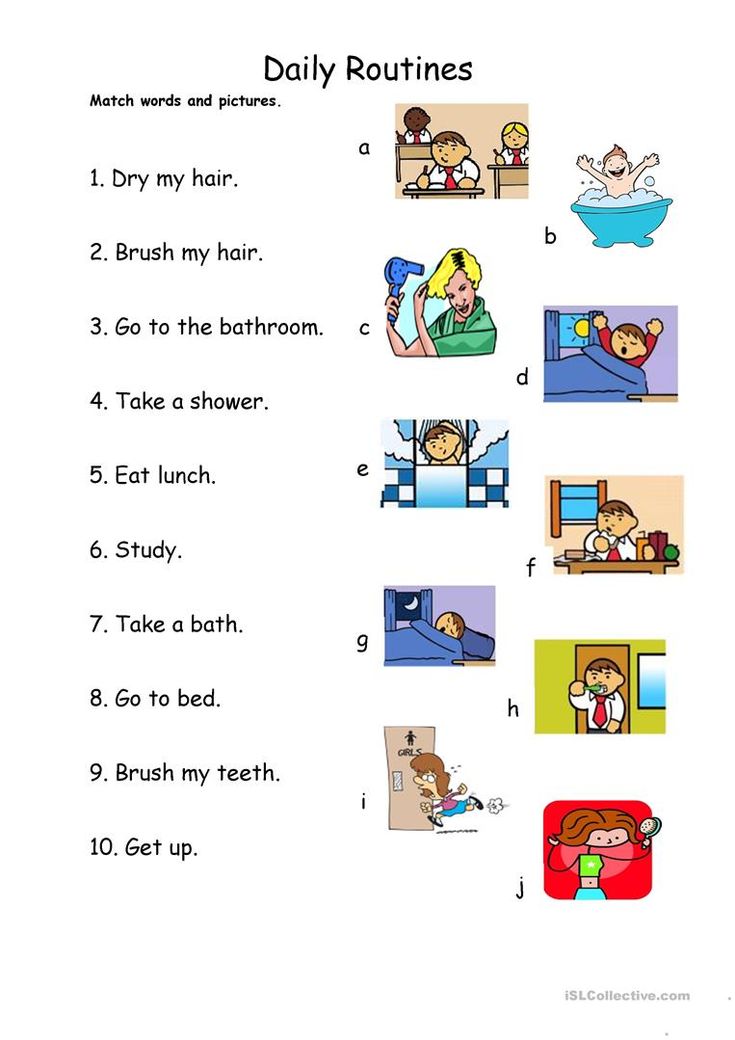 After that, it is worth taking a walk in the fresh air, playing outdoor games. For physical development, it is active rest that is important - when one activity is replaced by another. It is better that the student himself chooses an activity to his liking - in summer it can be ball games, roller skates, in winter - sledding, skiing, skating. You can send your child to a sports school if he seriously gravitates towards a particular sport.
After that, it is worth taking a walk in the fresh air, playing outdoor games. For physical development, it is active rest that is important - when one activity is replaced by another. It is better that the student himself chooses an activity to his liking - in summer it can be ball games, roller skates, in winter - sledding, skiing, skating. You can send your child to a sports school if he seriously gravitates towards a particular sport.
During the day, junior students should spend 3-3.5 hours outdoors, including the way to school and back, high school students - at least 2-2.5 hours. After active games in the fresh air, it is important to set aside 15 minutes for a light snack, afternoon snack. The order can be set up like this:
Homework
After an active rest and an afternoon snack, it is worth taking the time to prepare your homework. The correct alternation of mental and physical labor is the key to the health of the student. With mental stress, clean air is needed, which improves brain function.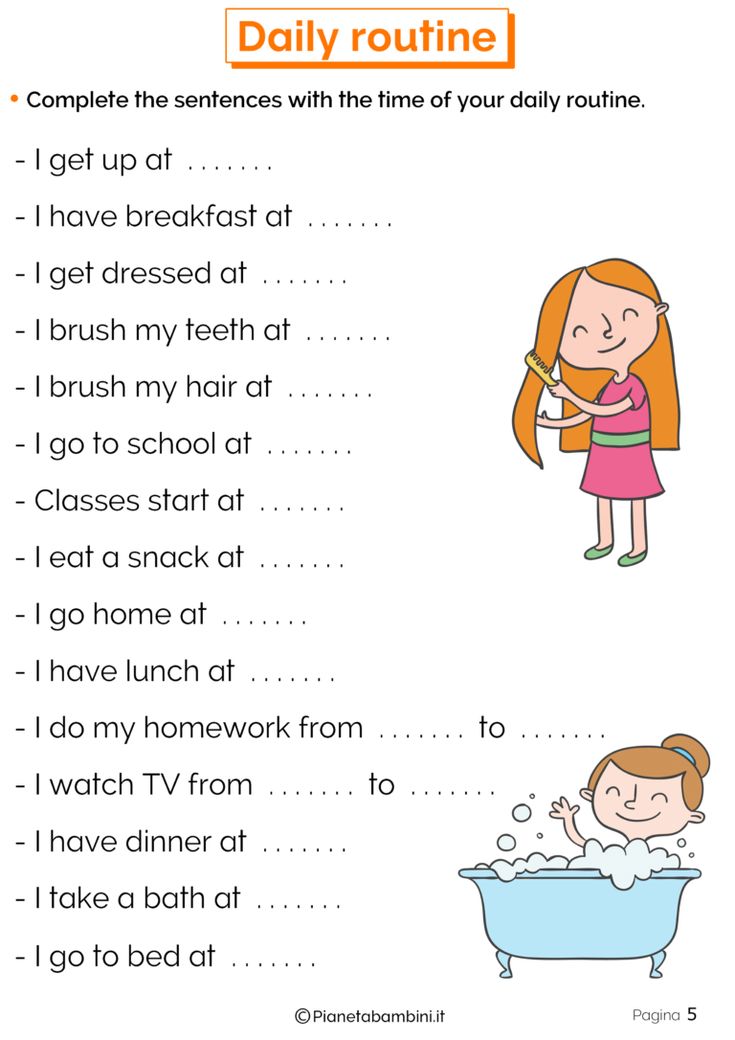 Therefore, when doing homework, you should take 10-minute breaks after every 30-40 minutes of work, ventilate the room. If weather permits, leave a window or vent open.
Therefore, when doing homework, you should take 10-minute breaks after every 30-40 minutes of work, ventilate the room. If weather permits, leave a window or vent open.
Make sure the work area is well lit, with light from a window and a lamp on the student's left. Remove tall flowers from the window, move the curtains apart - this will also affect performance. For more information on how to organize a workspace for a child, read our article “How to equip a workspace for a student”.
Encourage your child to do lessons in difficult subjects on the same day that they were assigned. It is better to start not from the most difficult, but from the most beloved subject. Nothing should distract from classes - turn off the TV, put your pets away.
How successfully the student will cope with homework depends on other factors of the regime - whether he managed to completely relax, whether he ate well. The framework for doing homework is calculated individually - everyone copes with tasks, reads, and performs creative tasks at different times.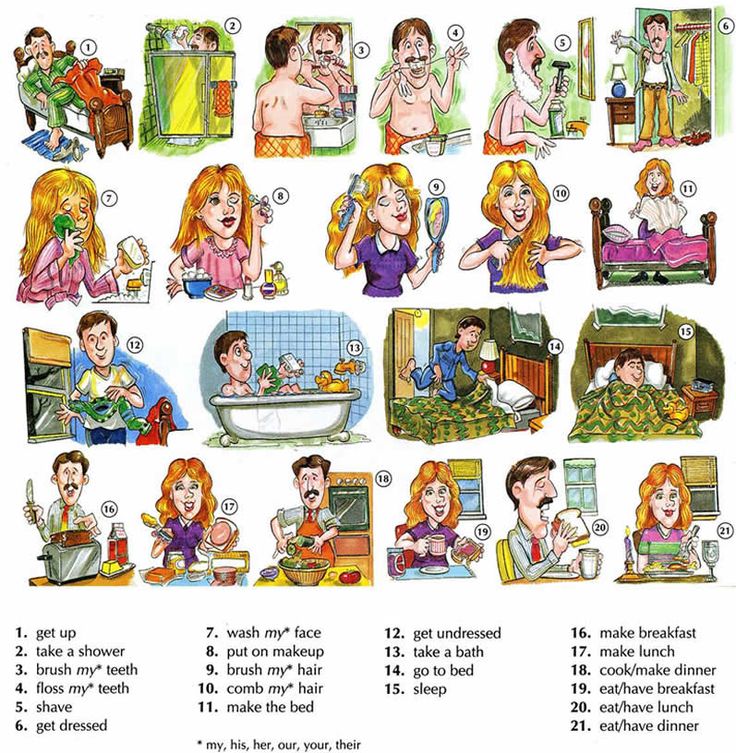 In addition, it all depends on the amount of homework. Junior students will need 1.5-2 hours, middle school students - 2-3 hours, high school students - 3-4 hours. It is better to start after 16:00. If the student completed the tasks faster, free time can be spent on a favorite hobby or another walk in the fresh air, which is especially important for the younger ones. The mode will look like this:
In addition, it all depends on the amount of homework. Junior students will need 1.5-2 hours, middle school students - 2-3 hours, high school students - 3-4 hours. It is better to start after 16:00. If the student completed the tasks faster, free time can be spent on a favorite hobby or another walk in the fresh air, which is especially important for the younger ones. The mode will look like this:
Always help your child with assignments, as this stimulates interest in learning and strengthens relationships within the family. Previously, we have already considered the topic “How to do homework with a child”, in which we set out in detail the conditions for successful preparation of lessons.
Dinner, hobbies and help around the house
Schoolchildren should be taught to do housework from an early age. The younger ones can be instructed to water the flowerpots or wash the dishes, the older ones can vacuum or go shopping. This is useful for educational purposes - so that children understand the importance and complexity of homework, learn to clean up after themselves.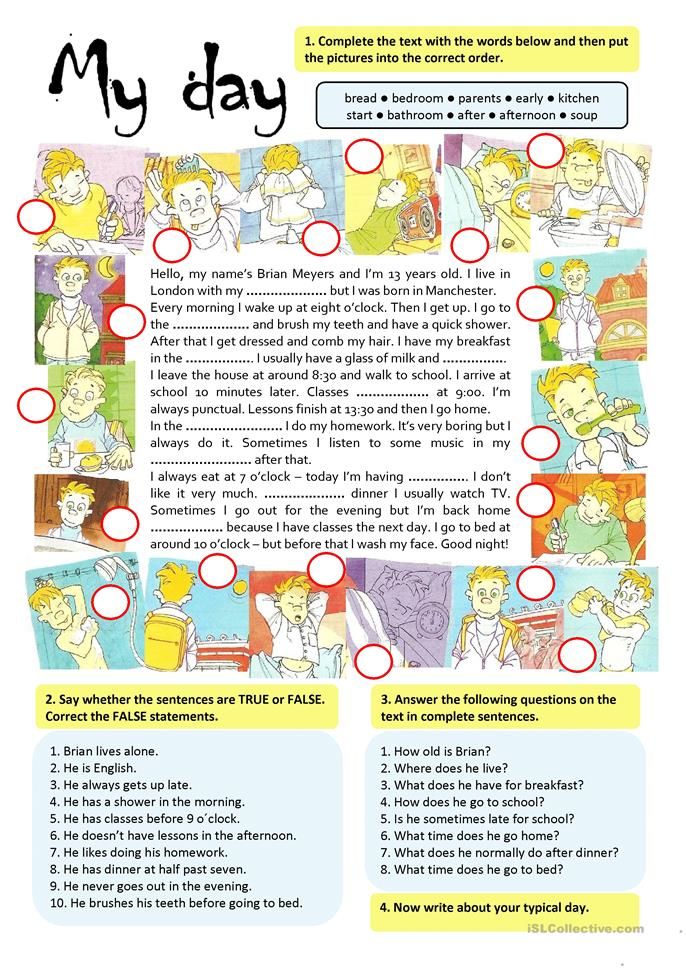 It's also another way to move around a bit after sitting at a desk. Household duties teach responsibility, so you should not neglect them, even if you think that your student is still too small for such work.
It's also another way to move around a bit after sitting at a desk. Household duties teach responsibility, so you should not neglect them, even if you think that your student is still too small for such work.
Optimal dinner at 19:00. Make sure that the food is high in calories, contains vitamins, proteins, fats and carbohydrates. Dinner should be at the same time every day. Getting used to such a routine, a person feels an appetite closer to a certain hour, which means that his gastrointestinal tract is prepared in advance.
In the daily routine, there should be room for your favorite creative activity. It can be drawing, reading, music or any other activity of his own taste. For the younger ones, it is enough to allocate 1-1.5 hours, for the older ones - 1.5-2 hours. There is no need to force anything - if your child prefers sports rather than creativity, arrange his regime in such a way as to allocate more energy for active pastime. You can plan dinner, housework, rest like this:
-
19:00 - 19:30 / 20:00 - 20:30 - dinner for juniors / seniors.

-
19:30 - 20:30 / 20:30 - 22:00 - helping parents with housework, creativity for younger / older.
Preparation for the next day of school and sleep
After your student has rested, doing what he loves, remind him to prepare for the next school day - fold his backpack, prepare clothes, as well as brush his teeth, wash his face. Evening toilet should take no more than 30 minutes.
You should go to bed according to the regime, at the same time every day. 7-year-olds should allocate up to 12 hours a day for sleep, which is why it is so important to sleep in the afternoon. For children 8-11 years old, it is enough to sleep 10 hours, 12-15 years old - 9 hours, for the oldest - 8-9 hours. Before going to bed, the room should be ventilated. The most favorable temperature for sleep is 18 ° C. The schedule for the evening is as follows:
The schedule may change depending on the season, and on weekends and holidays, the plan of the day should be drawn up differently.